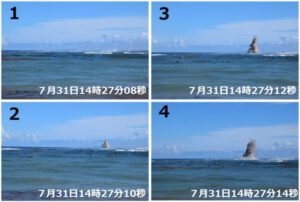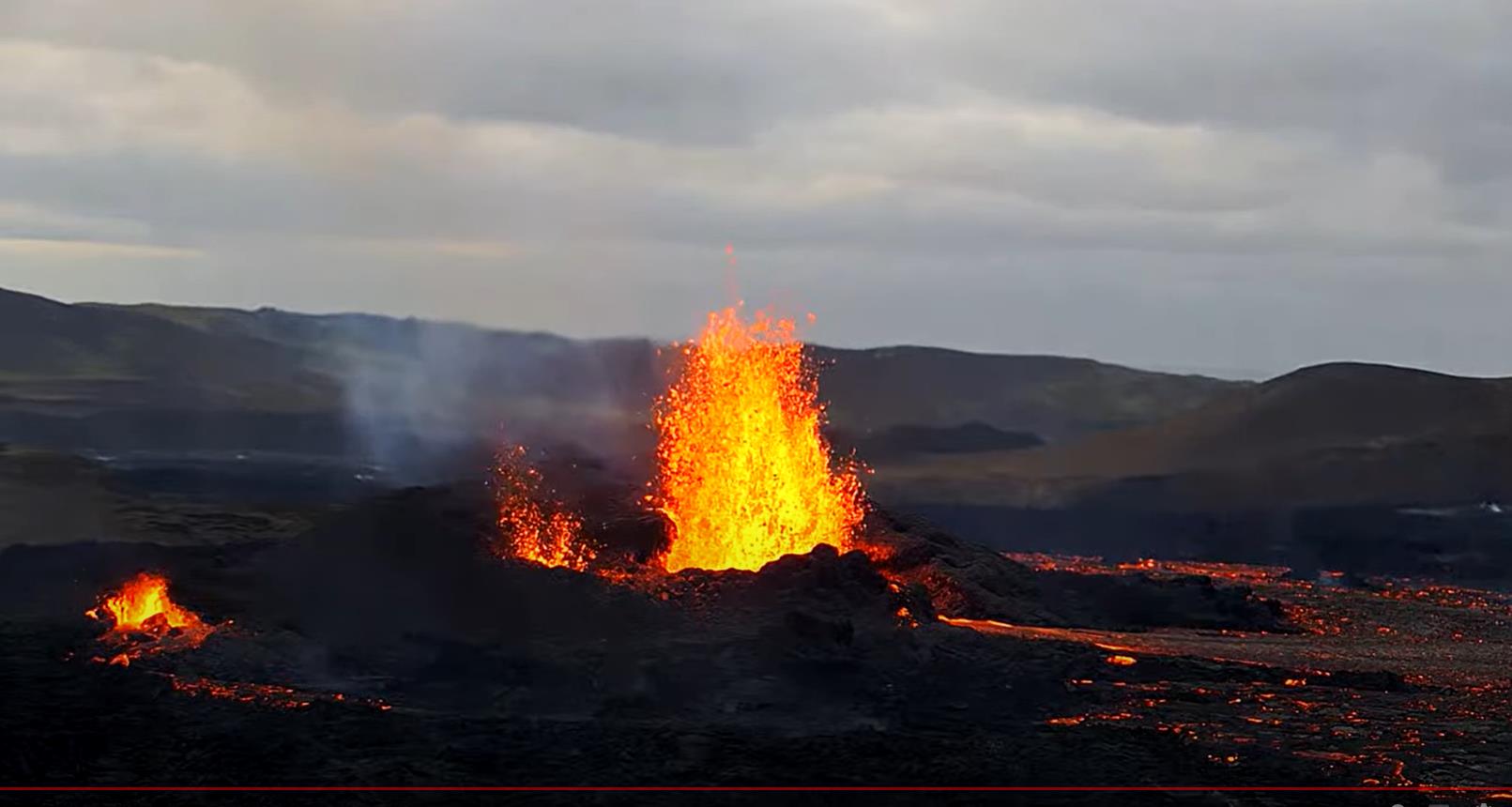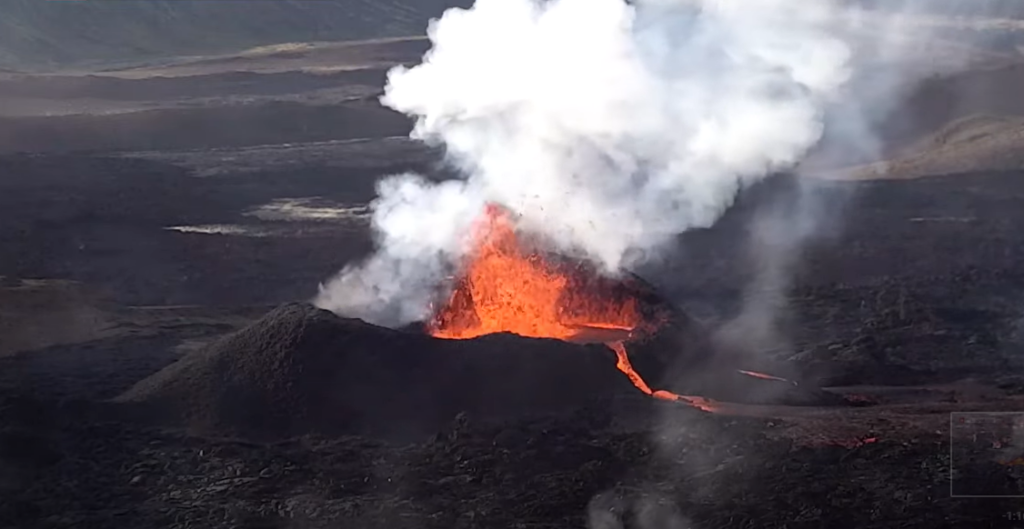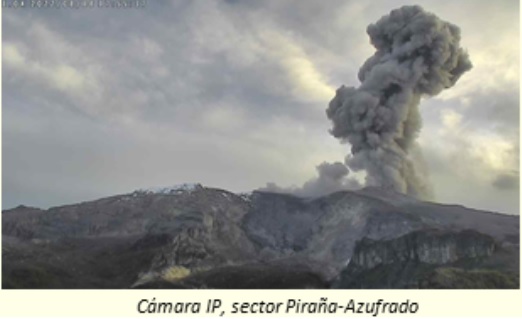XPan
The Living Force
Fagradalsfjall volcano, Iceland
3 Aug 2022
The link refers to a site which has a time line with various articles revolving the new eruption at Faradalsfjall volcano, albeit it is held in the Icelandic language.
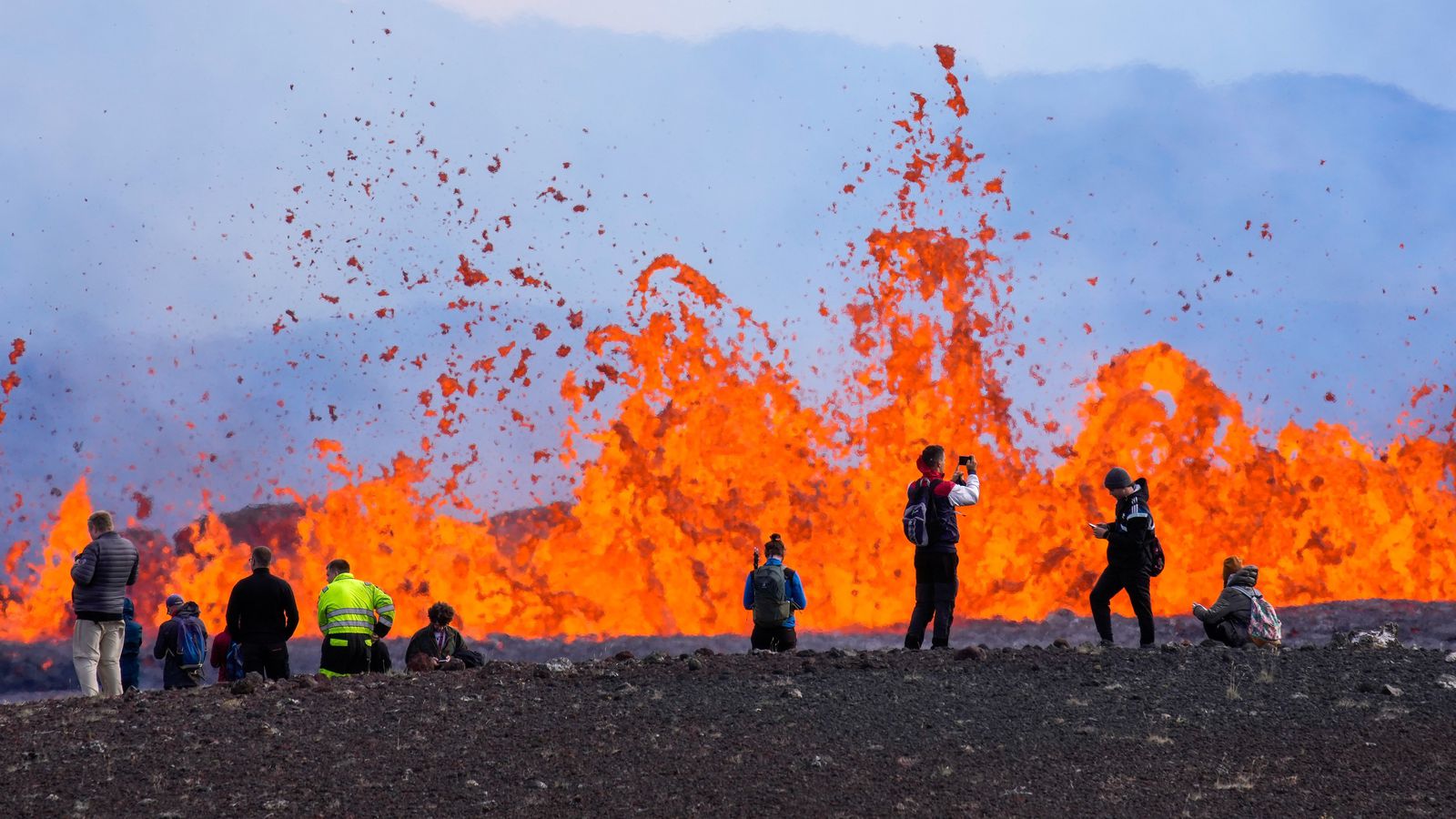
 www.visir.is
www.visir.is

New Eruption
The Eruption began in the Merad valley of Reykjanesi in the second half of today, following intense tremors in the area in recent days. Earthquakes were clearly seen on webcams from the area and the continued presence of volcanoes was confirmed by Weather Service experts.
According to them, the blaze is located in the western part of the Meradian valley, about 1.5 km north of Stóra-Hrút. The fire appears to originate from a north-east-south-west fissure at that location. On first inspection of the web cameras, it appears to have come up on the surface at 13:18.
Þorvaldur Þórðarson, a volcanologist, says that the hole is small and neat. The activity is to contract into a certain gap and then will erupt from the gap rather than the crack.
It stretches about five hundred metres and the mercury is about ten to fifteen metres. The crack stretches from the northwest of Merad Valley up the hill to the north. The general public is asked to stay clear of the area while responding to requests, as stated in the police report. The indicator monitors the gas from the ground and from the air. Watch the broadcast below.

DeepL, from Icelandic as "Swedish" to english
More images:



Photographer Eyþór Árnason took these impressive photographs in the Geldingadölum today. It's funny that people are immediately making their way to the cave to admire the view.

This is a great photo taken by Baldvin Hlynsson on board an Icelandair plane on its way to Nice in France.
3 Aug 2022
The link refers to a site which has a time line with various articles revolving the new eruption at Faradalsfjall volcano, albeit it is held in the Icelandic language.

Eldgos hafið við Fagradalsfjall - Vísir
Eldgos hófst í Meradölum á Reykjanesi á öðrum tímanum í dag í framhaldi af mikilli skjálftavirkni á svæðinu undanfarna daga. Jarðeldar sáust greinilega á vefmyndavélum frá svæðinu og staðfestu sérfræðingar Veðurstofunnar í framhaldinu að um eldgos væri að ræða.
New Eruption
The Eruption began in the Merad valley of Reykjanesi in the second half of today, following intense tremors in the area in recent days. Earthquakes were clearly seen on webcams from the area and the continued presence of volcanoes was confirmed by Weather Service experts.
According to them, the blaze is located in the western part of the Meradian valley, about 1.5 km north of Stóra-Hrút. The fire appears to originate from a north-east-south-west fissure at that location. On first inspection of the web cameras, it appears to have come up on the surface at 13:18.
Þorvaldur Þórðarson, a volcanologist, says that the hole is small and neat. The activity is to contract into a certain gap and then will erupt from the gap rather than the crack.
It stretches about five hundred metres and the mercury is about ten to fifteen metres. The crack stretches from the northwest of Merad Valley up the hill to the north. The general public is asked to stay clear of the area while responding to requests, as stated in the police report. The indicator monitors the gas from the ground and from the air. Watch the broadcast below.
DeepL, from Icelandic as "Swedish" to english
More images:
Photographer Eyþór Árnason took these impressive photographs in the Geldingadölum today. It's funny that people are immediately making their way to the cave to admire the view.
This is a great photo taken by Baldvin Hlynsson on board an Icelandair plane on its way to Nice in France.




